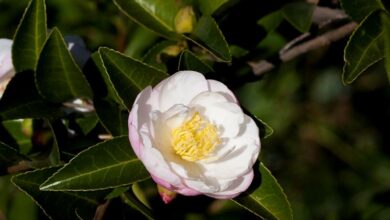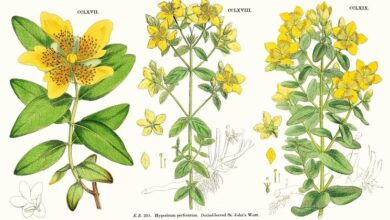Dwarf pittosporum
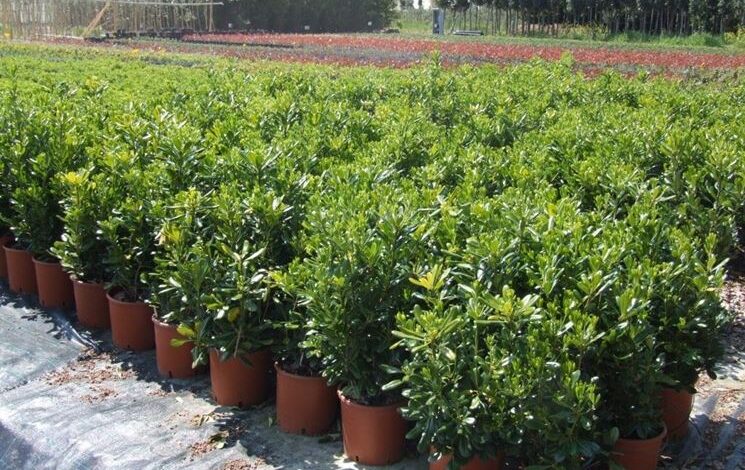
Origins and general characteristics of the dwarf pittosporum
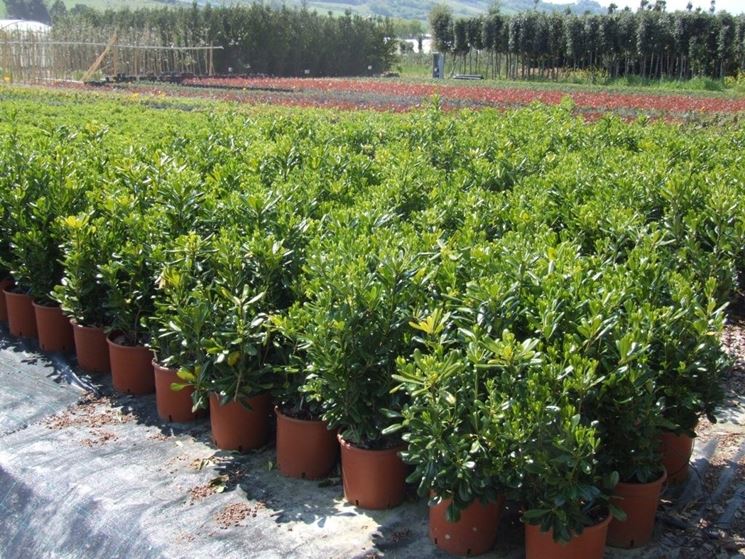
Exposure, watering and fertilization of the dwarf pittosporum
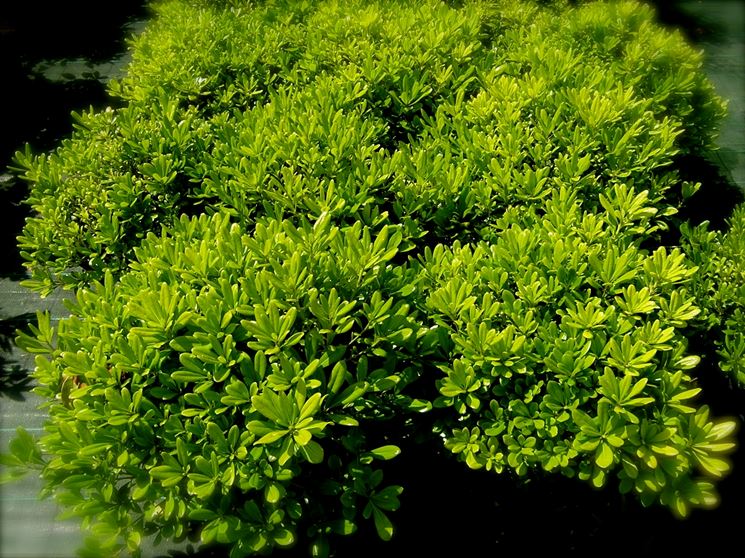
Dwarf pittosporum loves direct sunlight, but is well suited to penumbra. The ideal temperature for the complete development of the shrub oscillates between ten and twenty degrees, even if the nano pittosporum resists in an excellent way to temperatures below freezing. As for watering, the shrub should be watered on a weekly basis during spring and summer, in order to obtain abundant inflorescences. During the colder periods, rainwater is sufficient for the dwarf pittosporum. When watering, it is necessary to avoid water stagnation, which could cause serious risks to the health of the shrub. Fertilization should be done twice a year: at the beginning of the spring season and in midsummer. We recommend the
Soil, repotting and multiplication of dwarf pittosporum
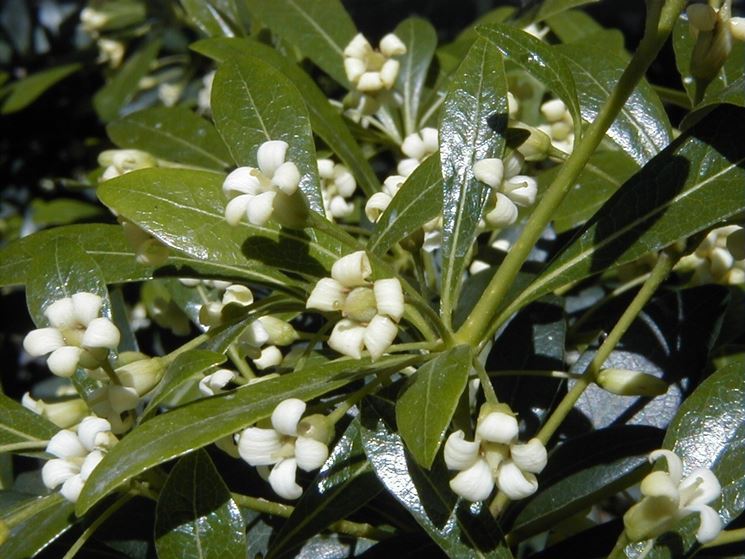
The soil to be used for the cultivation of dwarf pittosporum must be made up of peat, sand and garden soil, elements that favor perfect water drainage, essential for keeping the shrub in perfect health. Dwarf pittosporum can be grown both in the garden and in pots, using the same type of soil. As for repotting, the operation must be carried out every two years, replacing the pot if it is no longer able to contain the shrub. The multiplication of the dwarf pittosporum generally occurs by cutting. It is sufficient to cut, possibly during the spring, small branches from the tree, about ten centimeters long. Subsequently it is necessary to place the branches in special boxes, to be exposed to a mild temperature. As soon as the rooting takes place,
Nano pittosporum: Treatment and prevention of nano pittosporum
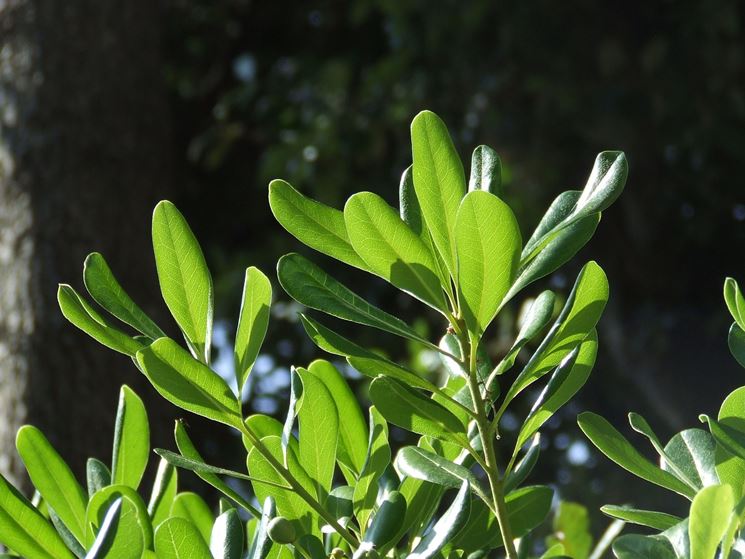
The pruning of the dwarf pittosporum is an operation to be carried out annually, eliminating the broken or diseased branches and correcting any growth defects of the shrub. The recommended period for pruning is spring, preferably between April and May. Dwarf pittosporum is subject to attacks by cochineal and aphids. In the first case it is possible to intervene using cotton soaked in alcohol, to be carefully rubbed on the affected area, otherwise it is possible to resort to an anticoccidial, subsequently rinsing the plant with abundant doses of water. As for the aphids, which feed on the sap of the shrub, making it sticky, it is suggested to use a special insecticide, useful both for preventing attacks and for possible treatment.

